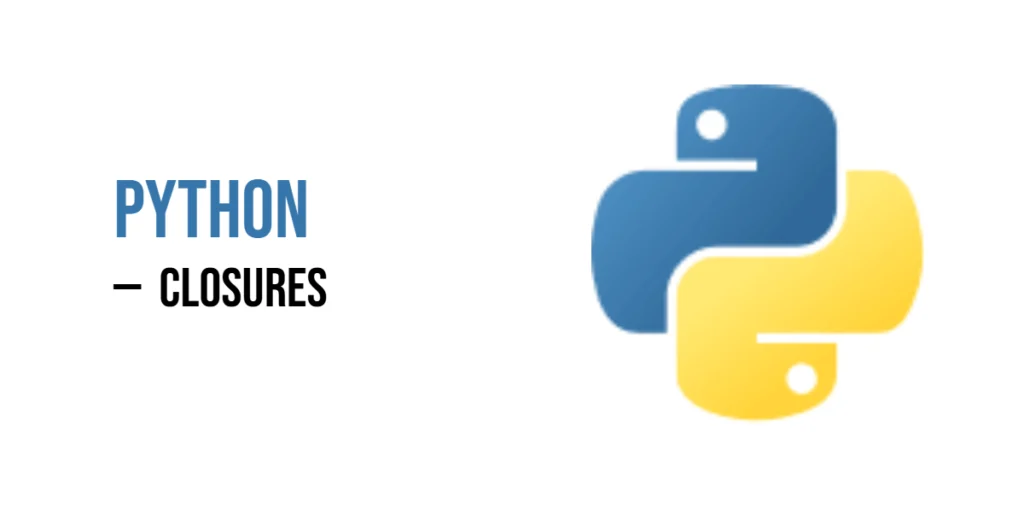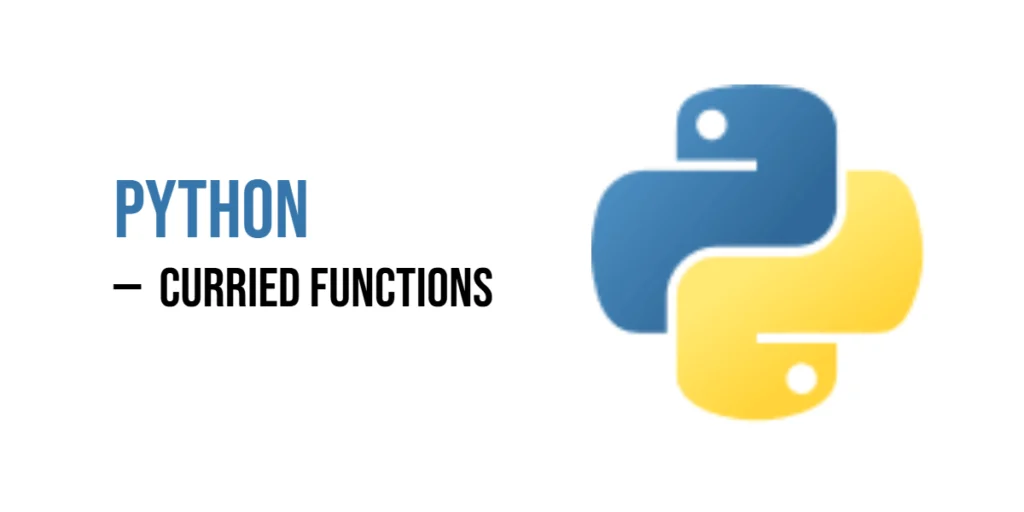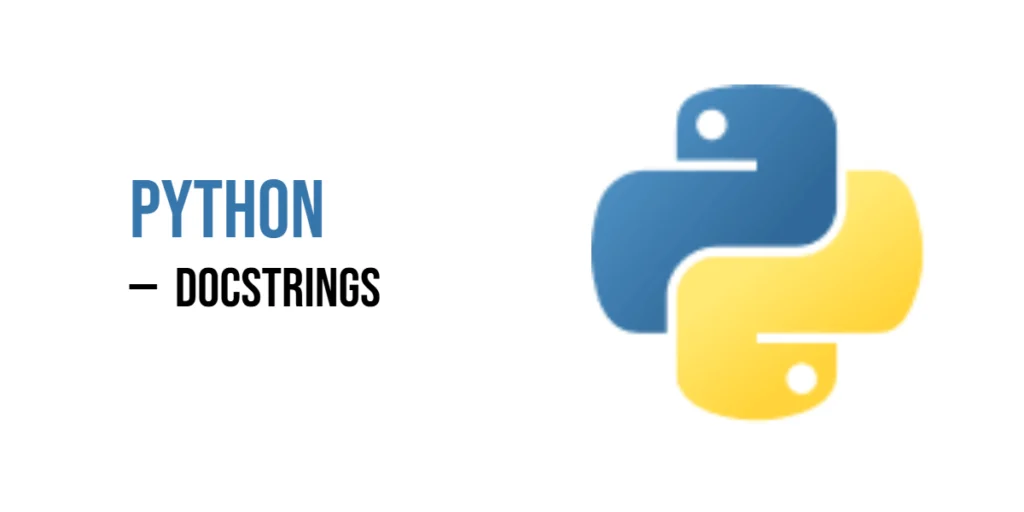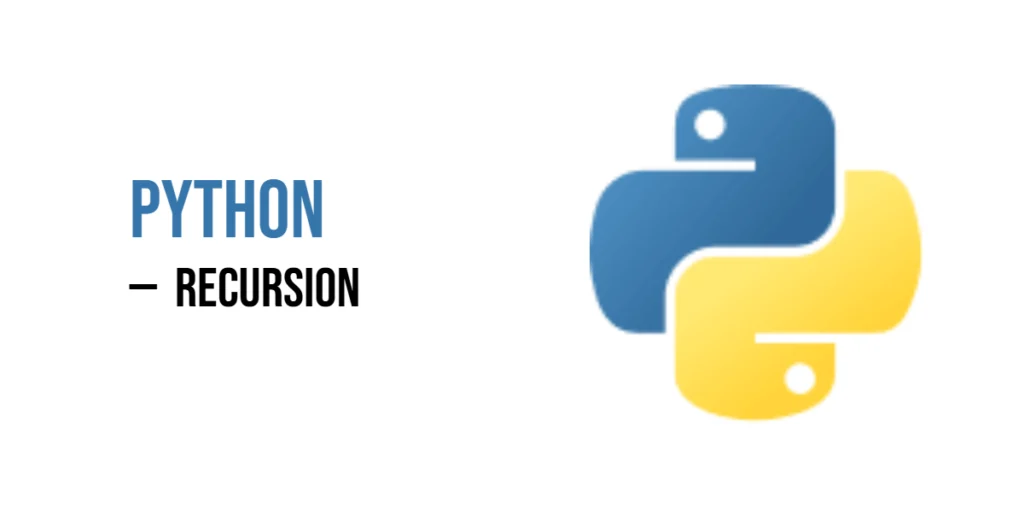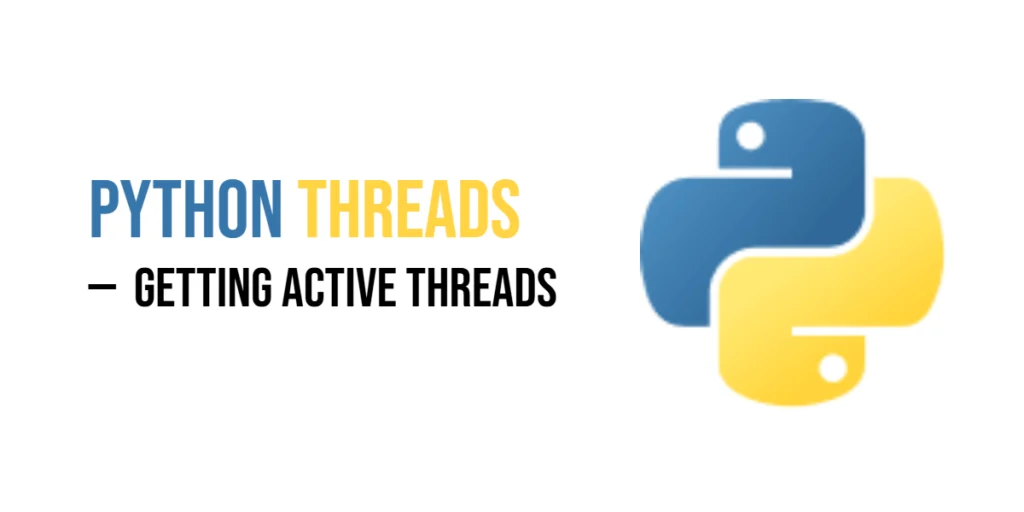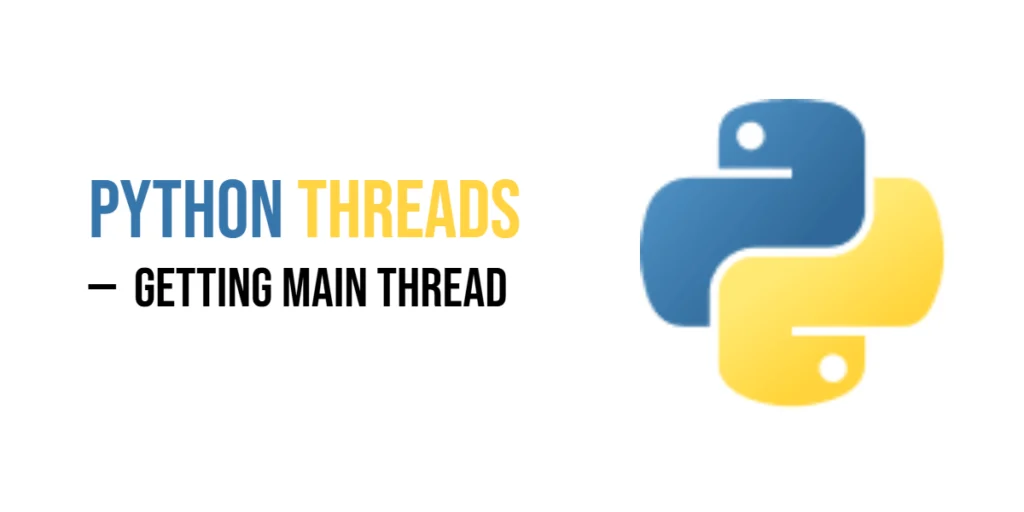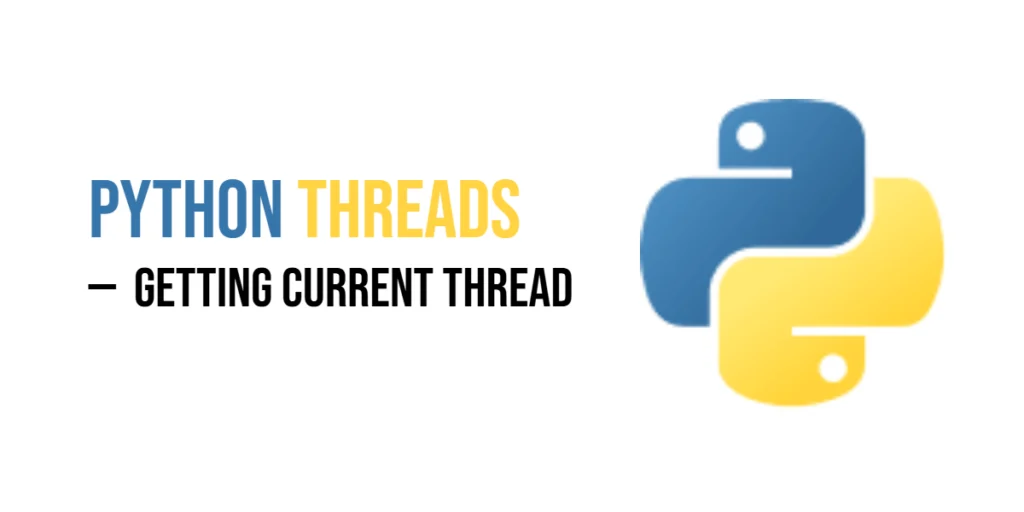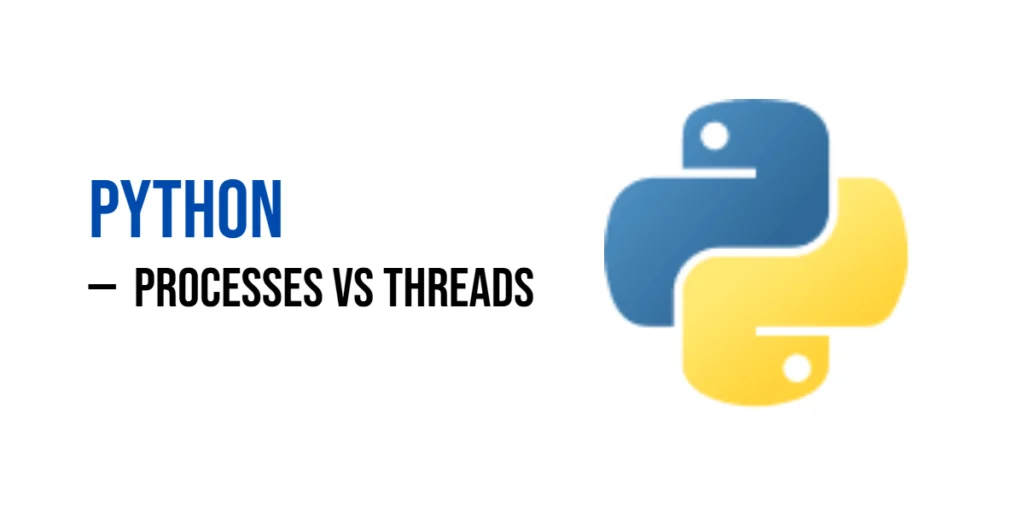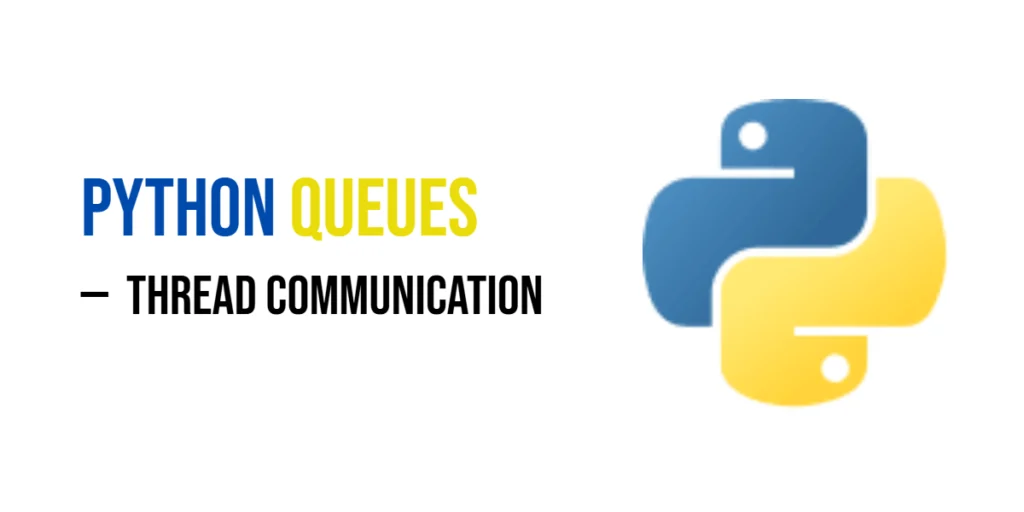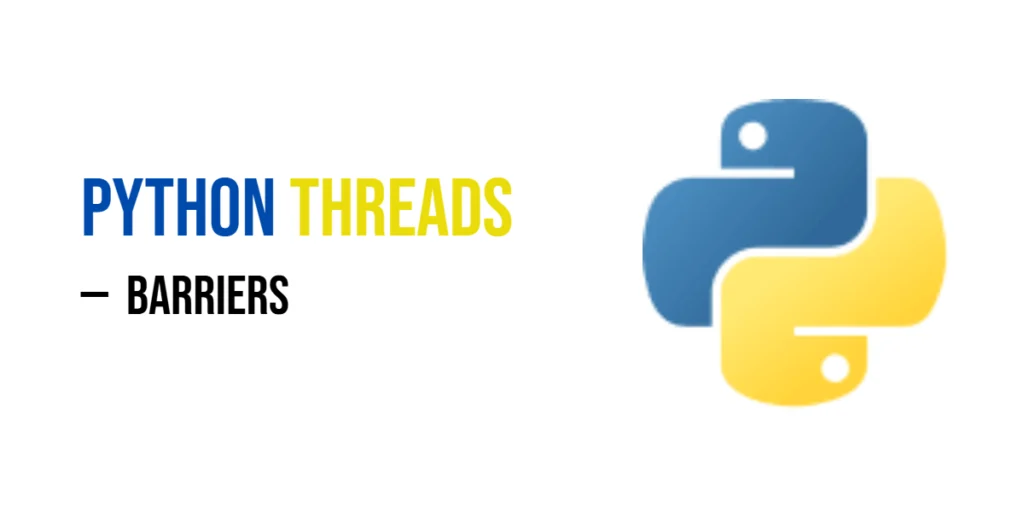Python: Closures
A closure is a special kind of function in Python that remembers values from the environment where it was created—even if that environment no longer exists. In other words, a closure “closes over” variables from its outer function and keeps them safe inside. Why does this matter? Closures help you keep data private and create […]
